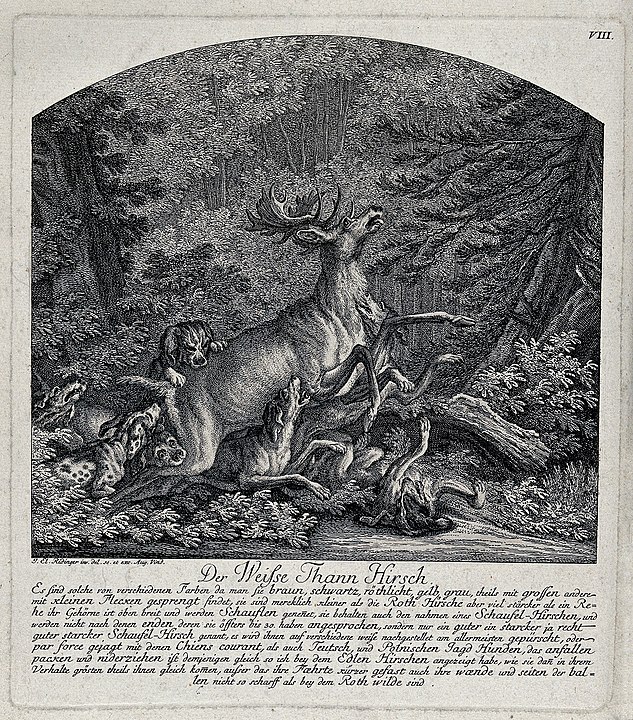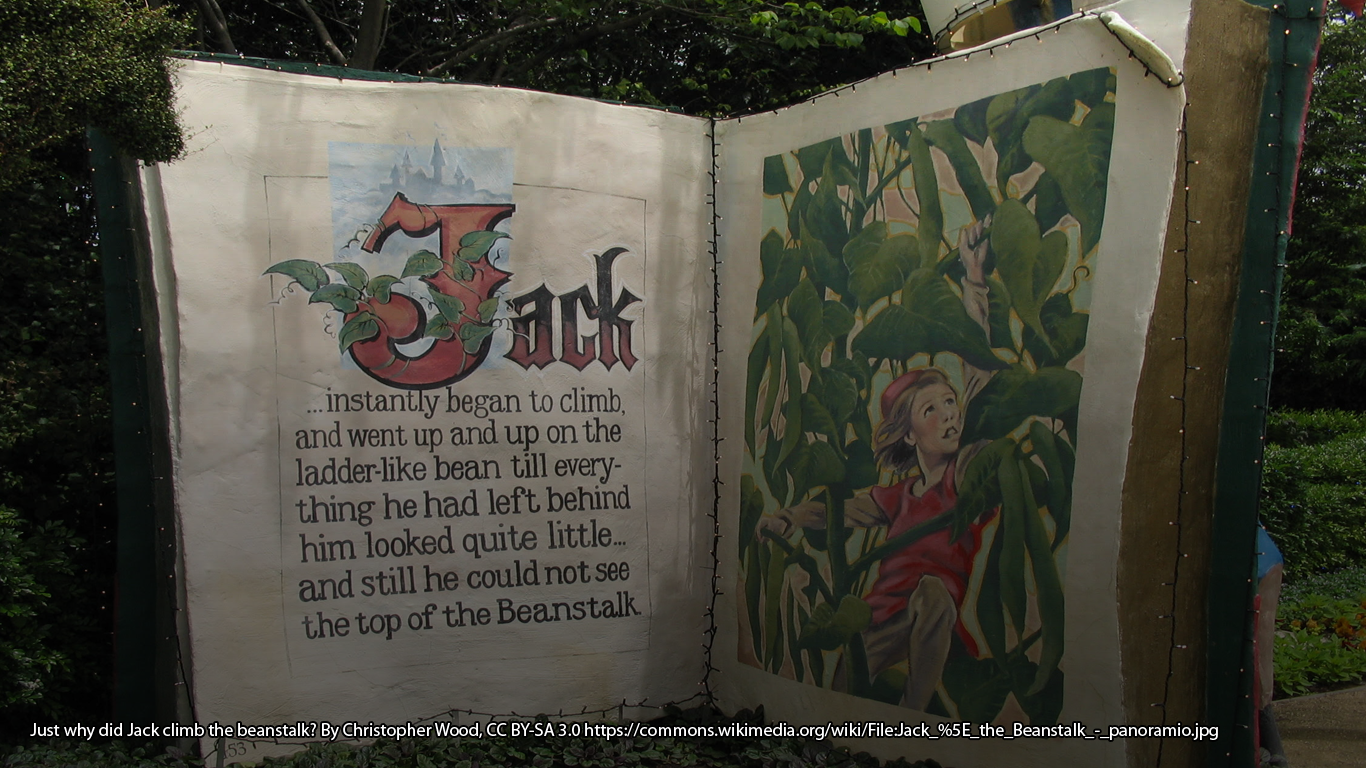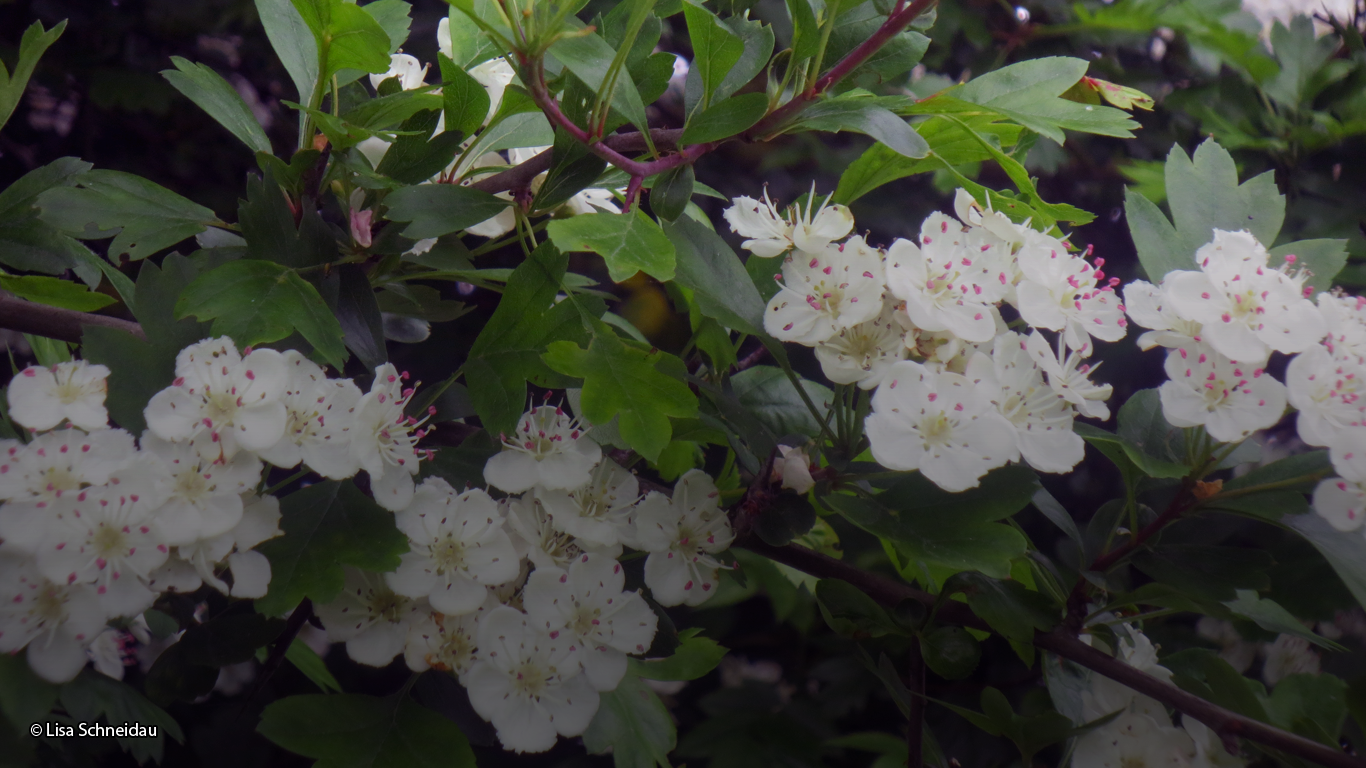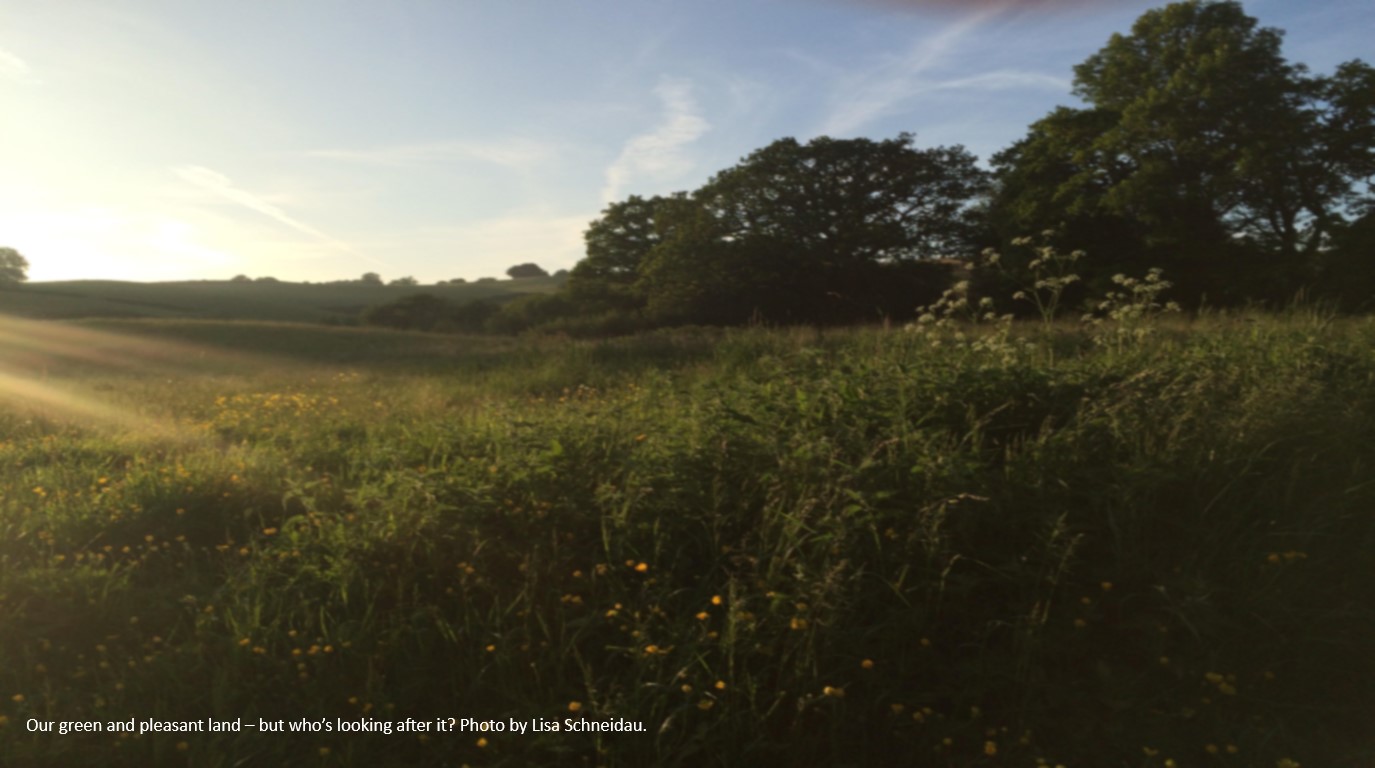What does it mean if you see a white deer in the woods? Lisa Schneidau explores the folklore and folk tale of this mythical creature and the inspiration it brings for our times.
The deer in Britain
‘STAG PARTY: Deer take over deserted East London streets,’ shouted a tabloid headline in April 2020, two weeks into lockdown. Such boldness from a wild animal might seem odd, given that the deer is one of the most silent and elusive of woodland creatures in its native habitat. Yet deer have adapted and flourished in our industrialised and heavily farmed landscape. We have more deer in Britain now than at any time in the last ten thousand years, to the point where they can be a serious pest. Britain’s native deer species, the red and the roe, have been joined more recently by fallow (probably a Norman introduction), sika (Victorian), muntjac and Chinese water deer (both introduced to Britain about a hundred years ago).
Deer play an important part in our history and folklore, as venison, trophy and muse. Welsh tradition tells us that the stag is one of the five oldest animals in the world. From the gentle, silent grace of the hind, to the proud independence and masculinity of the stag; from the taunting venison-bagging of Robin Hood and the terror of Herne the Hunter in Windsor Forest, to the fey sentimentalism and sorrow of Bambi and the ubiquitous pub sign for The White Hart, deer are everywhere.

The magical white deer
Rarely, fleetingly, fortune may bring you a sighting of a deer without pigment in its coat, that appears completely white. Seeing a white deer is considered an omen throughout the world. The Celts thought that white deer were messengers from the Otherworld. For King Arthur and his knights, pursuit of the white deer was a spiritual endeavour and the sign of a quest beginning. British kings down the centuries have seen the white deer as a hunting trophy, despite the bad luck that is meant to follow the killing of such a treasured animal.
Other folklore advises that a sighting of a white deer means a challenge or difficulty ahead. Perhaps a white deer is one of those creatures that just signifies change – sometimes good, sometimes bad.
When I was near to finishing my research for Woodland Folk Tales of Britain and Ireland, I came across a little story about the white deer that lifted my spirits. I found it last year, in 2019, which is rather odd considering all that has happened since – but sometimes that is how serendipity works with stories.
The tale comes from Kilmersdon, in the eastern Mendip Hills in Somerset. It concerns a lord who was weighed down with the woes of the world: there was a great pestilence among his people, and despite all his efforts, nothing the lord could do would stop the death and pain and sorrow from spreading across the land.
He was riding through the woods one evening with a heavy heart, when through the trees he saw a flash of pale fur, and a white hind bounded across the path in front of his horse. The lord followed the deer through the trees, picking his way through the ferns and brambles as quick as his horse would allow, but after a few minutes it had disappeared.
After that time, though, the lord was filled with inspiration and hope. His chance encounter with a white deer in the woods had refreshed his spirit, and allowed him to look at the situation in a new way. Following the lord’s directions, the people around him soon started to pull together, make plans, and work to improve the situation as best they could. Slowly at first, but then more and more under his lead, the community of that place found fresh energy to deal with the illness facing them, and to find a way through to the other side and renewal ahead. All of this was because of the white hind.

Nature and nurture
Some people expect folk tales to come all wrapped up in a shiny, deeply meaningful package with a neat ending, just like Disney; they will usually be disappointed. Some people expect folk tales to be long and complex, and indeed some of them are. But sometimes, it is the simplest and homeliest of stories that can bring us inspiration, if they are given the space to do so.
The tale of ‘The White Hind of Hope’ is one of those stories. For me, it speaks deeply of the experiences we have all been through over the last months. However, it also tells of the inspiration to be found in nature, of the lifting of spirits and renewed hope of being with wildness and feeling a smaller part of the natural world in difficult times. Many people have spoken of noticing nature more over past months, and of appreciating the wild animals and plants around them, no matter how insignificant or fleeting the encounter.
There is something else this story talks about, and it’s something that we all sorely need in our troubled times: inspired and honourable leadership. Folk tales have much to say about good leadership, and about its opposite; and the legacies of many of these stories remain in the remnants of the woods and forests, in the landscape around us and beneath our feet.
Sometimes a simple folk tale carries a powerful message. Out there in the remaining woodlands of Britain, there are deer aplenty, and a very few of them are white. As we travel through rough times and dizzying changes, there is always still hope to be found. Perhaps we will all find our way through the wild woods yet, and be changed by what we encounter there.
Win a copy of Lisa’s latest book, Woodland Folk Tales of Britain and Ireland
The wonderful folks over at The History Press have offered a copy of Lisa’s amazing new book for a lucky #FolkloreThursday newsletter subscriber.*
‘Once upon a time, most of Britain and Ireland was covered in woodland. Many of the trees have been cleared, but our connection with the wildwood remains. It is a place of danger, adventure and transformation, where anything could happen. Here is a collection of traditional folk tales of oak, ash and thorn, hunting forests and rebellion, timber and triumph in battle, wild ghosts and woodwoses. Lisa Schneidau retells some of the old stories and relates them to the trees and forests in the landscape of our islands today. These stories are essential reading for all those who feel a pull towards the wild in our landscape, and at the edge of our lives.‘
*Sign up for the #FolkloreThursday newsletter to enter (valid August and September 2020; UK & ROI only).
Buy the book here.
Recommended Books from #FolkloreThursday
References & Further Reading
Buczacki, S., Fauna Britannica (Hamlyn, 2002)
Schneidau, L., Woodland Folk Tales of Britain and Ireland (The History Press, 2020)
‘STAG PARTY: Deer take over East London streets left deserted by coronavirus lockdown.’ Holly Christodoulou, The Sun, 2 Apr 2020
Tongue, R., Forgotten Folk Tales of the English Counties (Routledge & Kegan Paul, 1970)







